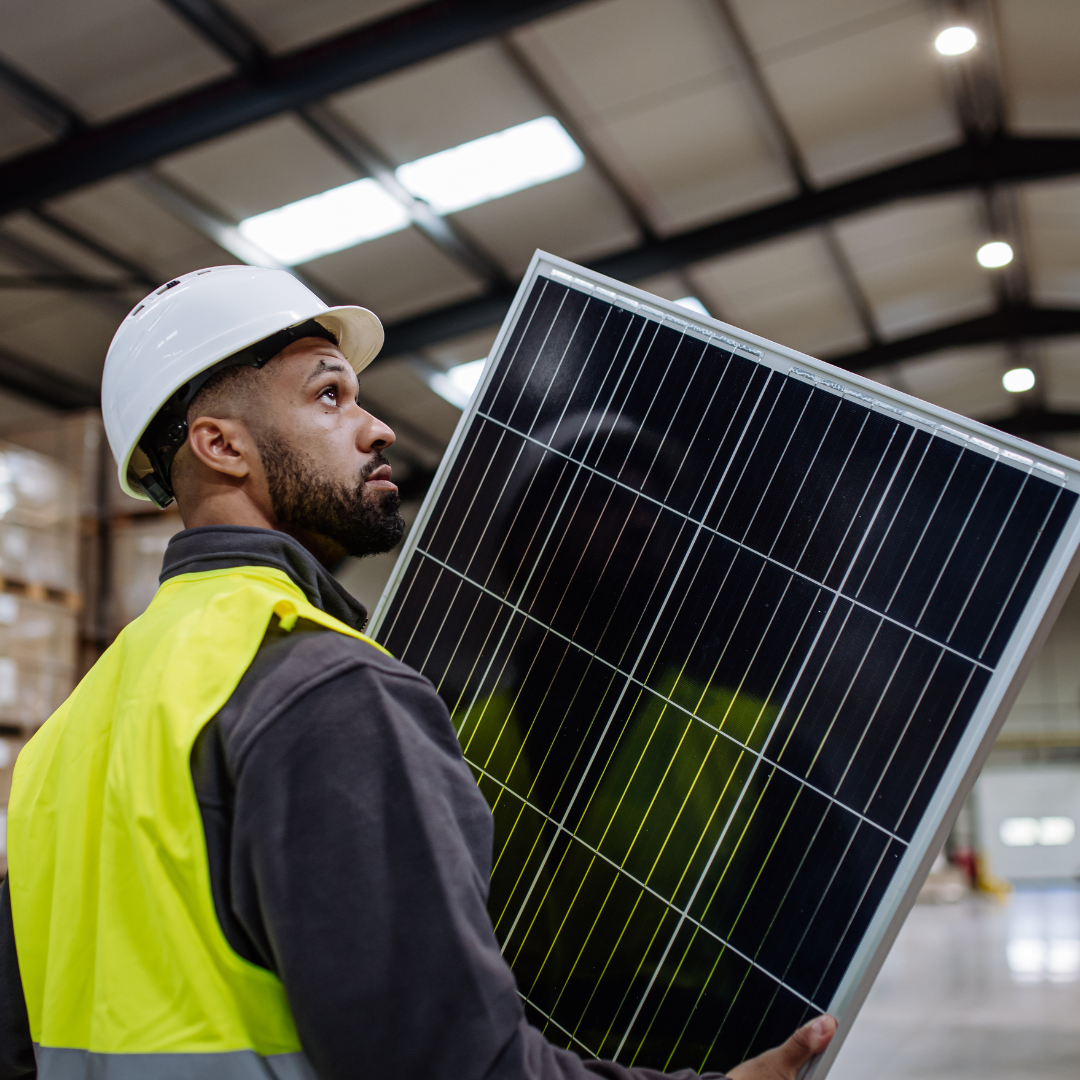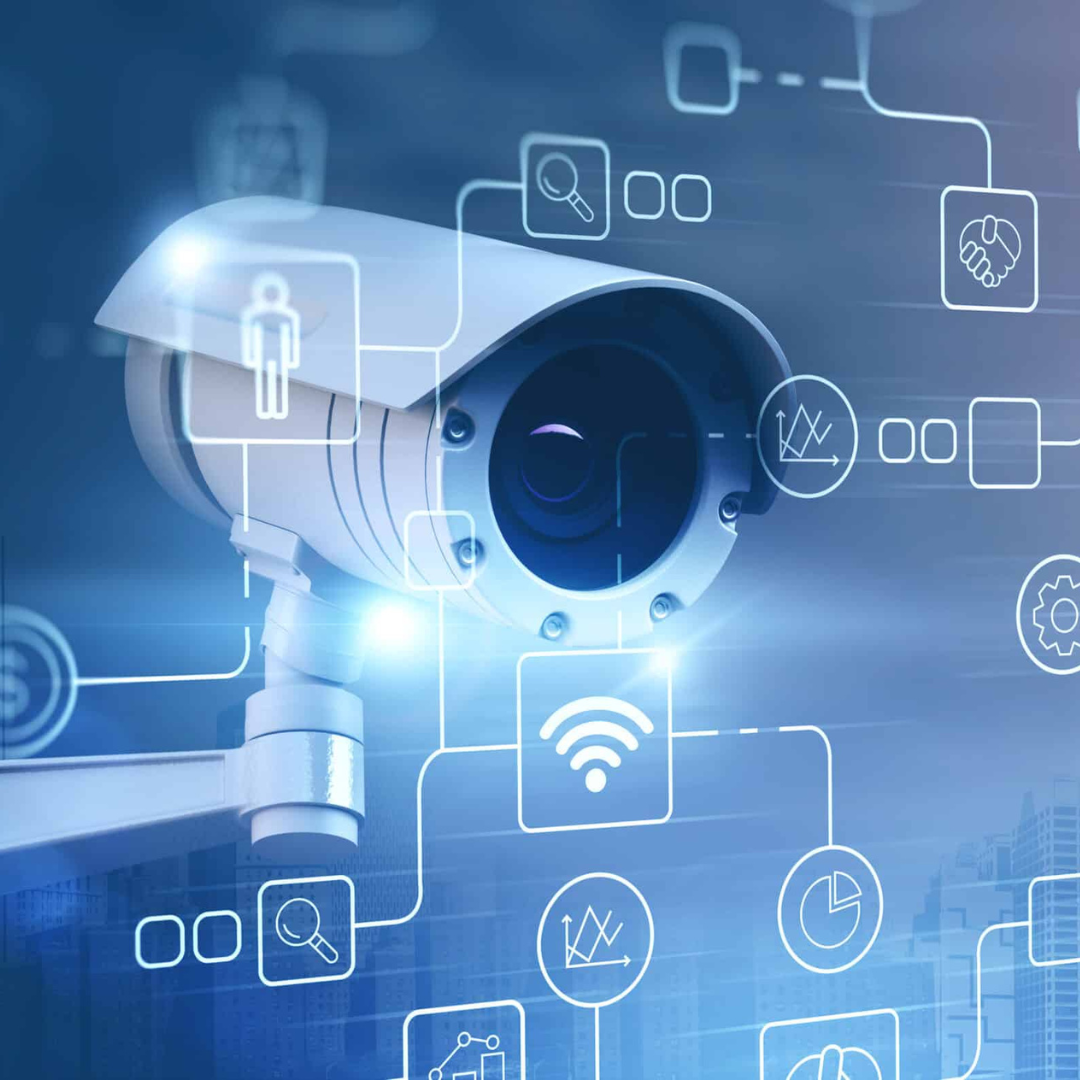Top IT & Infrastructure Trends For Business Continuity 2025
2025-05-01 17:34:26

Business in 2025 isn’t running on yesterday’s rules. The threats are sharper, the downtime costlier, and the tolerance for failure is non-existent. Power cuts don’t warn you. Cyberattacks don’t politely knock. And network failures strike exactly when you need them least. Business continuity nowadays is a survival strategy. Especially in South Africa, where volatile infrastructure, data risks, and load shedding pile on challenges other regions rarely face.
This is where Daisy Business Solutions makes its mark. By weaving together smart business solutions, energy resilience, and intelligent IT infrastructure companies under one integrated offering, we help businesses not just react, but stay ahead. Whether you're running a school, scaling an SME, or managing national operations, the goal is the same: stay operational, no matter what.
AI and Automation: Transforming IT Disaster Recovery and Operational Resilience
Start with automation, and you start shaving hours off downtime. Layer in AI, and you start anticipating disasters before they strike. This is the new era of business continuity and it’s powered by process automation, machine learning, and intelligent fail-safes.
South African industries like mining, healthcare, and logistics are already using robotic process automation and AI to identify faults in critical systems before they break. We're seeing predictive analytics flagging equipment degradation early in remote mines. Hospitals are automating backup protocols to keep life-saving machines running when the grid drops. Freight networks are using automation software solutions to reroute deliveries the moment a route goes offline.
Modern IT disaster recovery doesn’t wait for human input. Thanks to AIOps, even small businesses can implement “digital immune systems” that auto-correct, reroute, and restore in minutes. In the telecoms world, we’re seeing “self-healing” networks that can detect outages and reroute connections in real time. This changes the game for call centres and ISPs in our local context.
Hybrid Cloud and Edge Computing: Building Distributed Resilience
Forget old-school thinking. Resilience in 2025 is about distribution across platforms, geographies, and providers. That’s why the shift toward hybrid cloud is accelerating. Companies are no longer choosing between public or private—they’re blending both, and doing it strategically.
Managed cloud services allow businesses to keep sensitive data close and run scalable workloads in the cloud. Add in cloud office automation tools, and teams across provinces can collaborate, even when Eskom throws a curveball. In remote South African towns where fibre is patchy or power is unstable, edge computing nodes are keeping education systems online and utility services responsive.
With information and communication technology evolving fast, local disaster recovery solutions now include decentralised backups, real-time sync, and geo-redundancy. Businesses in finance and government aren’t just backing up. They’re spreading out to meet compliance and protect operations.
Here’s the move: avoid dependence on a single vendor. Build in redundancy from the start. Test it. Rethink it every quarter. That’s the difference between disruption and continuity.
Cybersecurity and Data Protection: Continuity in the Age of Remote Work
When your team’s scattered across coffee shops, homes, and satellite offices, your threat surface grows. The reality of hybrid work in South Africa means cybersecurity isn't just an IT department concern, it's a business survival issue.
Securing endpoints, enforcing Zero Trust and rolling out multi-factor authentication are non-negotiables. Without a solid cybersecurity framework and up-to-date managed IT services, you’re exposed. Every email is a potential breach. Every employee device, a vulnerability.
It’s not just bots trying to break in. It’s AI-powered phishing, deepfakes, and identity fraud on the rise. So, we counter with smarter defences. AI monitoring, behavioural alerts, and dynamic authentication. This is what modern data protection for business looks like. Backup systems are paired with real-time alerts, and managed firewall services ensure threat detection happens before harm is done.
For South African businesses, staying POPIA-compliant means building cyber resilience into your disaster recovery solutions. Think regular DR drills. Secure cloud backups. Quick-fire recovery protocols. Because the cost of one breach could be more than a year’s revenue.
Next-Gen Connectivity: SD-WAN, 5G and Fibre Redundancy
Every second you’re offline is money out the door. Your customers don’t care why. That’s why businesses today are opting for SD-WAN networks and intelligent failovers. These are systems that don’t just reroute traffic, but prioritise the apps that matter.
With SD-WAN solutions, a single link failure doesn’t break your operations. It adapts. Redirects. Keeps things flowing. Pair that with dual ISPs and fibre redundancy, and you’ve got uptime resilience built in. This is all necessary as baseline business continuity.
As for speed? Business connectivity solutions that combine business fibre and 5G offer businesses the flexibility to stay connected anywhere, from urban HQs to rural warehouses. And for the furthest corners of SA, internet solutions, backed by satellite links, are turning remote offices into real-time workplaces.
Unified communications benefits include consistent call quality, video conferencing that doesn’t lag, and instant syncing of shared files. Whether you’re in finance, juggling live dashboards or in logistics tracking real-time shipments, this level of connectivity drives confidence.
Solar and Backup Power: Energy Resilience with Daisy Energy
Load shedding is no longer a shock. It’s a guarantee. And relying solely on diesel is simply inefficient. That’s where solar energy solutions step in. They're cleaner, leaner, and surprisingly affordable.
By replacing volatile power with consistent business solar and battery backups, businesses reduce their energy risks dramatically. The shift is visible, from corporate offices installing rooftop solar panels to clinics pairing solar with UPS systems for uninterrupted operations.
Solar for small businesses isn’t out of reach either. With modular options, even corner shops are installing panels and slashing energy costs. Backup power supply systems now combine lithium-ion batteries with smart load management for uninterrupted workflows, even in multi-day outages.
Pairing solar with an uninterruptible power supply creates end-to-end protection. You generate, store, and deliver without skipping a beat.
Daisy Energy is building these systems from the ground up, offering scalable solar packages with performance guarantees and monitoring dashboards. We’ve helped banks maintain uptime, kept telecom towers online, and lit up hospitals during critical operations.
Conclusion: Resilience by Design – Key Steps for 2025
All these tech trends, tools, and systems lead to one truth: resilience isn’t something you install. It’s something you build. Layer by layer. From smart software to clean energy. From hardened networks to localised backups. From flexible clouds to human-focused cybersecurity.
To future-proof your business, the time to act is now. Delayed investment is lost revenue. Ignored threats become costly crises. Smart companies are spending on managed IT services not as a cost, but as insurance. And with threats becoming more sophisticated, passive strategies just don’t cut it anymore.
Build continuity from the ground up. Keep evolving. Test your systems. Train your teams. And most of all, partner with those who understand what it means to keep South African business running.
Get continuity-ready with Daisy Business Solutions. Let’s build your business resilience starting today.


